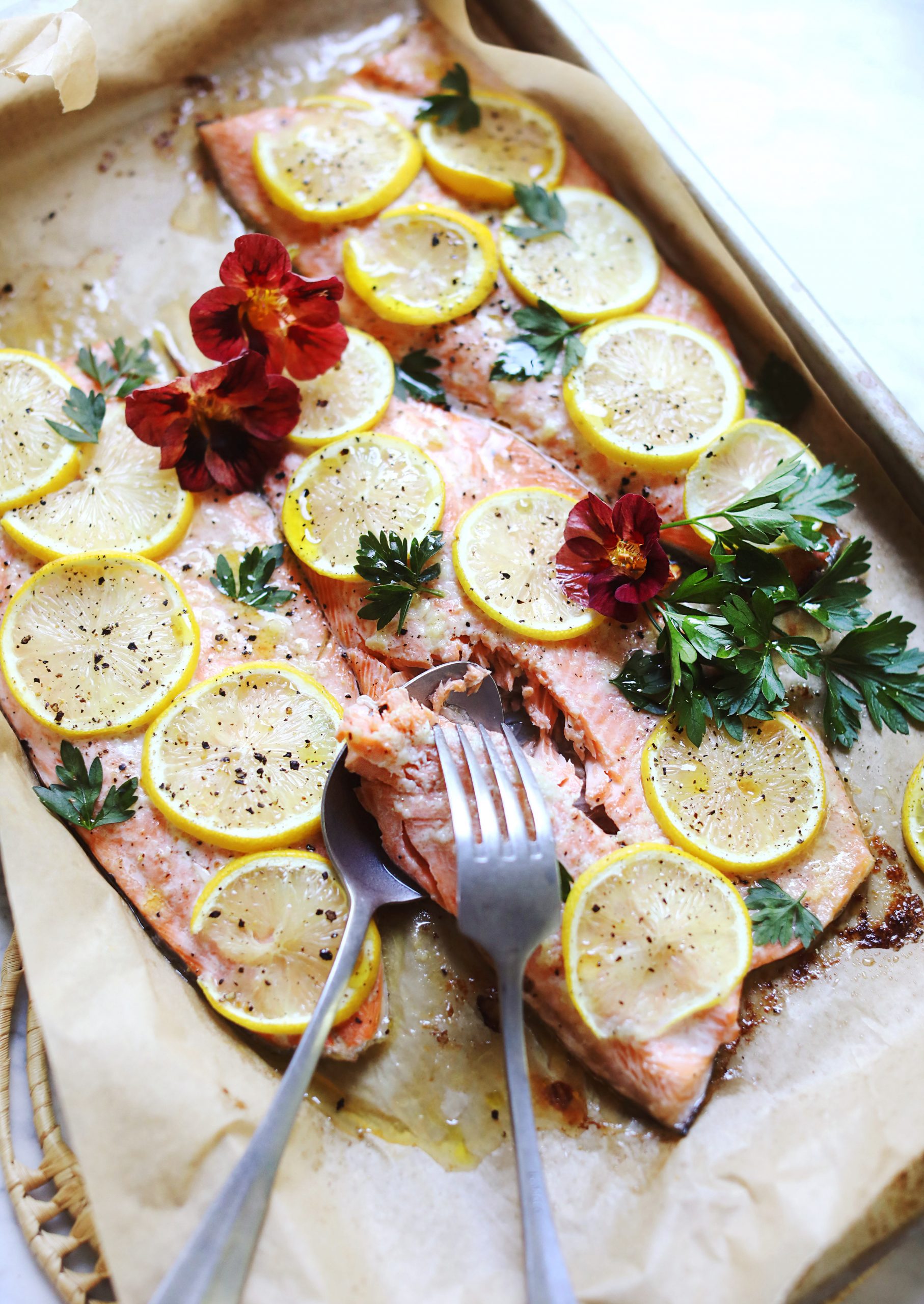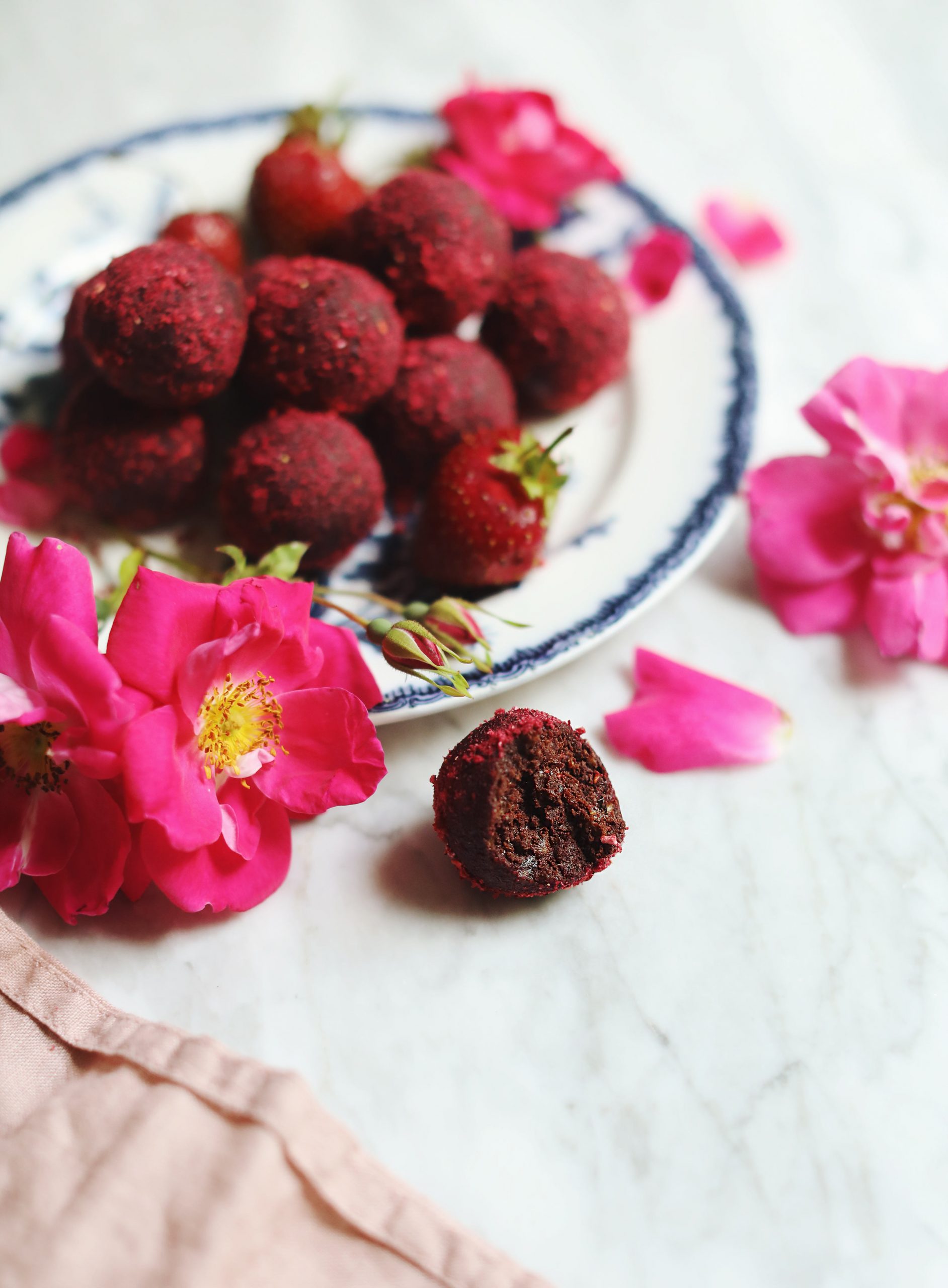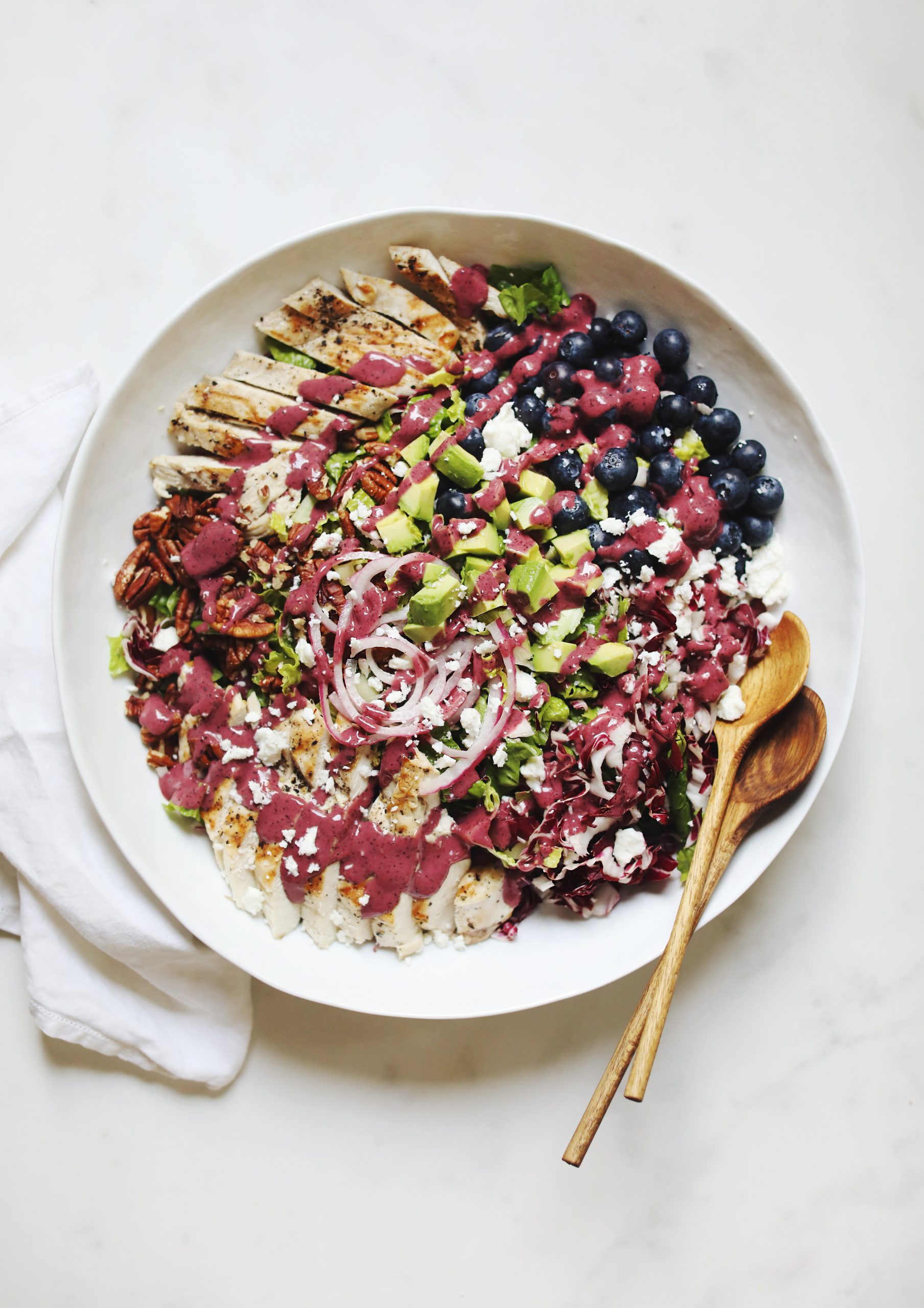Welcome to the Candidia Collection! Here you can find a compilation of all the Grow recipes that are naturally friendly for those with candida overgrowth, or with a few simple tweaks, can easily be modified to fit your specific needs.
This way of eating is to support those who have been diagnosed with candida overgrowth and / or were recommended by a professional to follow a temporary diet geared towards healing the digestive tract and clearing out those stubborn yeasts that like to hide away in hidden parts of the body. Holistic nutrition protocols are meant to be used in the short term to treat a specific need as this style of eating can become quite restrictive. The purpose of providing these resources within Grow is to provide nutritional professionals supportive tools for their clients, as well as for our Grow community, to have resources specific to you and your body, to be the happiest and healthiest version of yourself!
As with all of our nutritional support collections, do make sure to work with a professional to see what might be best for you and your body. If you’ve been diagnosed with candida overgrowth / Candidiasis, or suspect you may have a candida overgrowth, then you’re in the right place!
What’s Candida?
A versatile and widespread genius of a fungi if you ask me. You may have heard the term before, and probably learned that it’s a fungus to fear, one that can wreak havoc on your digestive system and if left untreated, can pose a serious threat to your immune system, cognitive function, and more… eeek. While you wouldn’t be wrong, Candida is actually a naturally occurring fungus found in many forms throughout the human body. Some types include: Candida auris, Candida tropicalis, and Candida albicans. It’s completely normal to find our Candida friend traipsing through the microbiota. In fact, if proper levels are maintained, she’ll happily support digestion and nutrient absorption while coexisting peacefully with other microorganisms.
But, Candida loves to push her luck, and she’s quite good at it. She’ll often make her way into the gut, mouth, on top of your skin, and within the vagina and vulva, but if the conditions are just right, she can multiply and migrate to foreign areas of the body, including the bloodstream and membranes surrounding the brain or the heart. If she reaches these areas, serious health complications can occur. But how and why does this happen in the first place? And what can we do about it? Let’s dive in!

What causes an overgrowth?
There are several factors that can contribute to Candida overgrowth, otherwise known as Candidiasis. One of the primary culprits is a weakened immune system, especially while consuming a diet high in sugar, alcohol, and ultra-processed carbohydrates, as this can stimulate inflammation within the body, placing a significant burden on the immune system. When our immune defenses are compromised due to factors like inflammatory foods, illness, stress, or certain medications, Candida can quickly take advantage of the opportunity and begin to flourish.
Another common trigger is an imbalance within the body’s microbiota, particularly the disruption of the beneficial bacteria that usually keep Candida in check. This can happen after the use of antibiotics, which kill harmful bacteria but also, unintentionally, deplete the beneficial ones, creating an environment Candida thrives in! And if we loop back to the inflammatory foods, we’ll find that regularly consuming these can quickly alter the good bacteria housed within our intestinal tract, opening the floodgates for Candida to run rampant.
Diabetes is another risk factor for Candidiasis. Since Candida is a type of yeast, it feeds off of sugar. Individuals with diabetes often have higher amounts of sugars within the mouth and mucous membranes, increasing Candida’s ability to latch on and kickstart the growing process.
Under the perfect set of conditions, such as a person who has just finished a course of antibiotics, is battling an autoimmune condition, and frequently consumes highly processed, sugary foods, Candida can transform from her pleasant, digestive-supporting self, into her alter ego, a more assertive and invasive character. One moment she’s a docile party guest, and the next she’s throwing an all-out microbial rave in your gut.
How do we know if Candida has gotten out of hand?
An overgrowth can manifest in various ways, so paying close attention to how you’re feeling and noticing if there are any recent changes in your skin, digestive health, mood, and energy levels can give you insight into whether or not it requires more investigation. Some changes may include:
Oral Thrush: A fungal infection of the mouth
- White patches on the tongue, inner cheeks, and roof of the mouth.
- Redness / soreness / cracking or bleeding at the corners of the mouth
- Difficulty swallowing or altered taste sensation
Genital Yeast Infections: An infection that occurs in the genital area
- Redness / swelling of the affected area
- Itching, burning, and irritation. Recurring vaginal / urinary tract infections
Esophageal Candidiasis: An infection that occurs in the esophagus
- Can cause difficulty swallowing / chest pain
- A feeling of food stuck in the throat
- Reduced appetite / nausea / vomiting
Invasive Candidiasis: A severe infection that occurs when Candida enters the bloodstream and can lead to organ failure, sepsis, and death.
- Fever / chills
- Rapid heartbeat / difficulty breathing / low blood pressure
- Organ-specific symptoms of affected area (e.g., abdominal pain for abdominal candidiasis)
Cutaneous Candidiasis: A fungal infection of the skin, typically occurring in warm / moist areas of the body.
- Red / itchy / irritated skin
- Rash with well-defined borders / small blisters
- Peeling or cracking of the skin in the affected areas
Because Candida can affect so many areas of the human body, symptoms may vary widely depending on the type of Candida and the person carrying it. Other general symptoms may include:
- Brain fog: Lack of focus, difficulty concentrating
- Mood disorders: Anxiety, depression, irritability
- Sinus infections: Post-nasal drip, persistent cough, general flu-like symptoms
- Skin / nail infections: Acne, black-heads, athlete’s foot
- Intestinal upset: Burping, bloating, gas, constipation / diarrhea, cramps
- Hormonal imbalance: Symptoms of estrogen dominance like PMS, water retention, mood swings, inability to lose unwanted weight, low sex drive, migraines, and can lead to early menopause
The Plan
Treating Candida overgrowth typically requires a multifaceted approach aimed to restore the microbial balance in the body. Its treatment may vary from person to person, so consulting with a healthcare professional, such as a doctor or a naturopathic physician, can help determine the most appropriate treatment plan based on your individual circumstances and the severity of the Candida overgrowth.
Generally speaking, these are commonly helpful steps to kill unwanted Candida, support the immune system, and reduce inflammation within the digestive tract to begin healing your beautiful body:
- Optional Candida Cleanse: Some individuals choose to first undergo a Candida cleanse or detoxification program under the guidance of a healthcare professional. These programs typically involve a very strict diet for a short period and specific supplements aimed at eliminating candida overgrowth from the body. If you choose to try this, we recommend talking with a practitioner to guide you through the process.
- Dietary Changes to Boost the Immune System: Reducing the intake of foods that promote Candida growth, particularly those high in sugar and refined carbohydrates, is highly encouraged. A candida diet typically involves avoiding sugary foods, alcohol, and processed foods, while limiting the consumption of high-carbohydrate foods. See below for specific foods to love and pause during this phase.
- Treat Underlying Conditions: Addressing any underlying conditions or factors that contribute to Candida overgrowths, such as hormonal imbalances, low stomach acid, or immune system deficiencies, can be essential for long-term management
- Lifestyle modifications: Chronic stress can weaken the immune system and contribute to Candidiasis. Finding techniques to regulate the nervous system such as meditation, deep breathing exercises, regular physical activity, and getting adequate sleep can support the body’s stress response and boost the immune system.
- Probiotics: Introducing beneficial bacteria into the body can help kill unwanted bugs and restore microbial balance. Probiotic supplements or foods rich in probiotics, such as yogurt or fermented foods, can help replenish the gut with beneficial bacteria. Be sure to look for high-quality probiotic supplements that contain strains like Lactobacillus and Bifidobacterium.
- Herbal remedies: Some herbs have antifungal properties that may help combat Candida. Examples include garlic, clove, oregano oil, grapefruit seed extract, pau d’arco, and berberine. However, it’s important to use these remedies under the guidance of a healthcare professional as they can interact with medications or have side effects.
- Supplement where needed: Other supplements may be used in support of treating Candida and boosting the immune system. Vitamin C has been shown to support the adrenal glands while milk thistle can boost the liver’s ability to cleanse the body of other stressors like heavy metals and environmental toxins.
Foods to Love
The focus here is to consume foods that do not feed Candida and support lower levels of inflammation within the body.
- Green veggies: Dark leafy greens help to alkalize the body and fight the acidic qualities of yeasts
- Non-starchy vegetables: Asparagus, broccoli, mushrooms, onions, cucumber, cauliflower, peppers, tomatoes, celery, eggplant, zucchini, etc
- Low-sugar fruits: Avocado, lemon, lime, olives, small amounts of berries
- Probiotic foods: Cultured dairy (goat milk kefir is particularly effective), kimchi, sauerkraut
- Wild-caught salmon / eggs
- Grass-fed, pasture-raised meats and poultry
- Organic, fresh spices / herbs, best to buy individual spices that are organic to avoid anti-caking additives that create inflammation
- Unsweetened condiments: Coconut aminos, mustard (check labels for added sugar)
- Low-mold nuts / seeds: Almonds, hazelnuts, sunflower seeds, hemp seeds
- Oils / fats / condiments: Ghee, olive, coconut, flax oil, hemp oil, sesame oil
- Sweeteners: Stevia, small amounts of honey and maple syrup
Foods especially beneficial in treating Candida:
- Bone broth: Works to repair the gut lining and provide highly-digestible proteins / nutrients
- Cranberry juice: Helps to prevent the growth of Candida by stabilizing pH levels in urine
- Cooked vegetables: Easier for the digestive system to break down and absorb
- Garlic: Contains high amounts of sulfur-containing compounds that possess powerful antifungal properties
- Ground flaxseed / chia seeds: Both have high amounts of polyphenols that support the growth of probiotics in the GI tract
- Turmeric: Contains curcumin which has been shown to inhibit Candida growth
- Apple cider vinegar: Shown to kill unwanted yeasts in the body
- Pau D’arco Tea: Contains antifungal properties proven to fight Candida
Foods to Pause / Reduce
The focus here is to reduce foods that feed Candida and promote gastrointestinal inflammation.
- Gluten
- Refined sugar / sugar alternatives: Candida feeds off of sugars
- High-sugar fruits: Bananas, grapes, mango, dried fruits like raisins, dates, figs, etc
- Alcohol / fruit juice / soda / energy drinks
- Grains: Another fuel source for Candida as these grains break down into sugars. Some individuals can tolerate 1 serving of select gluten-free grains (some pseudograins) in a single day, these include quinoa, teff, buckwheat, oat bran
- Some dairy: Unless fermented, it is best to avoid dairy as milk contains lactose, otherwise known as a sugar. Ghee is notably okay as it is very low in lactose. Raw dairy may also be suitable for some.
- Processed meats: These often contain sugar / artificial sugar, nitrates, and sulfates that inflame the body and / or feed Candida.
- Vinegar: Aside from apple cider vinegar, which has been shown to kill off Candida, most vinegar should be avoided as they are another food source for the yeasts
- Most condiments: Think BBQ sauce, ketchup, and mustards (unless free of added sugars)
- Refined fats / oils: Canola, margarine, soybean oil, sunflower oil, vegan butter replacements
- Peanuts, cashews, pistachios: Nuts often contain mold with these being the highest carriers
- Starchy veg: potatoes, yams, squash, pumpkin, parsnip, corn
The Recipes
Notes: Where you see butter, sub with ghee or coconut oil. If a recipe calls for cheese, feel free to omit or try an aged, raw goat’s cheese.
Drinks
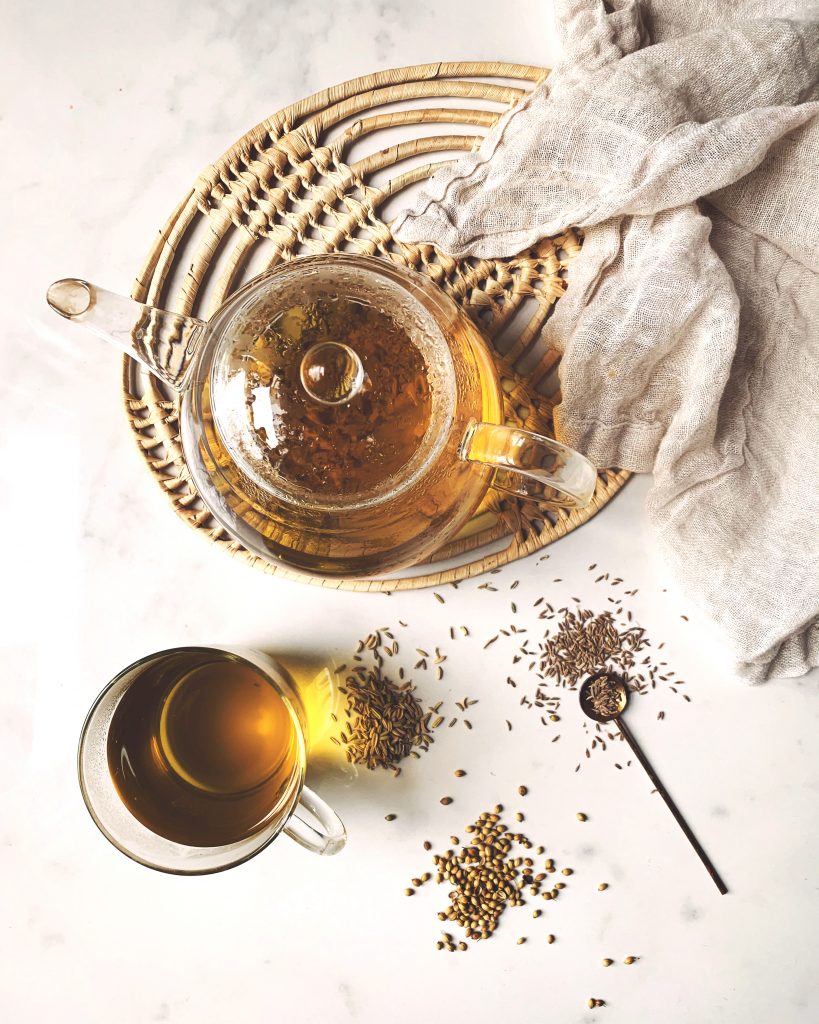

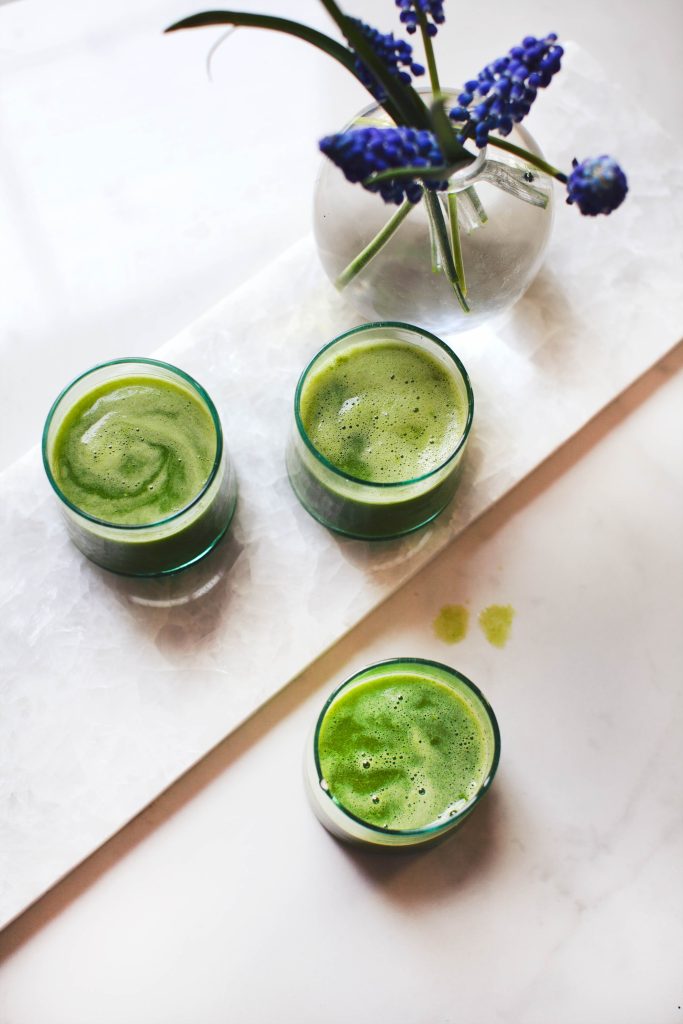
Actually Delicious Detoxifying Tea
Upward and Onward
CCF Tea
Simply Autumn Herbal Tea
Toasted Coconut Milk
Golden Light Milk
Matcha Ginger Milk
Blue Wave Spirulina Milk
Single Serve Golden Milk
Tigernut Milk
Chaga Hot Chocolate – Halve maple syrup
Spiced Hazelnut Hot Cacao – Halve maple syrup
Chaga Tea Concentrate
Masala Chai Concentrate
Breakfast
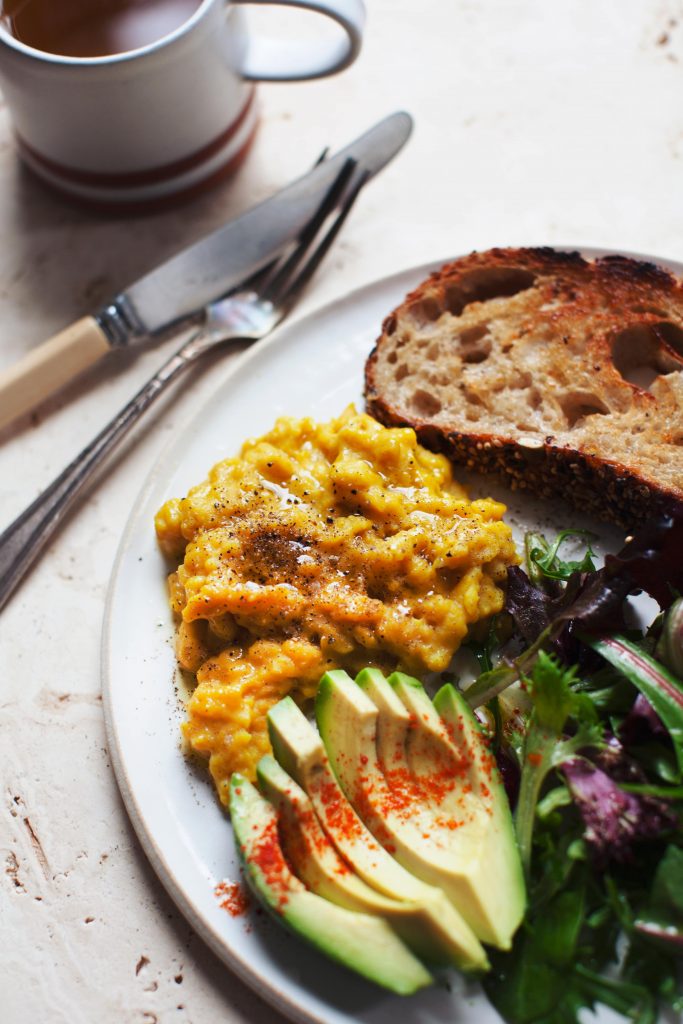
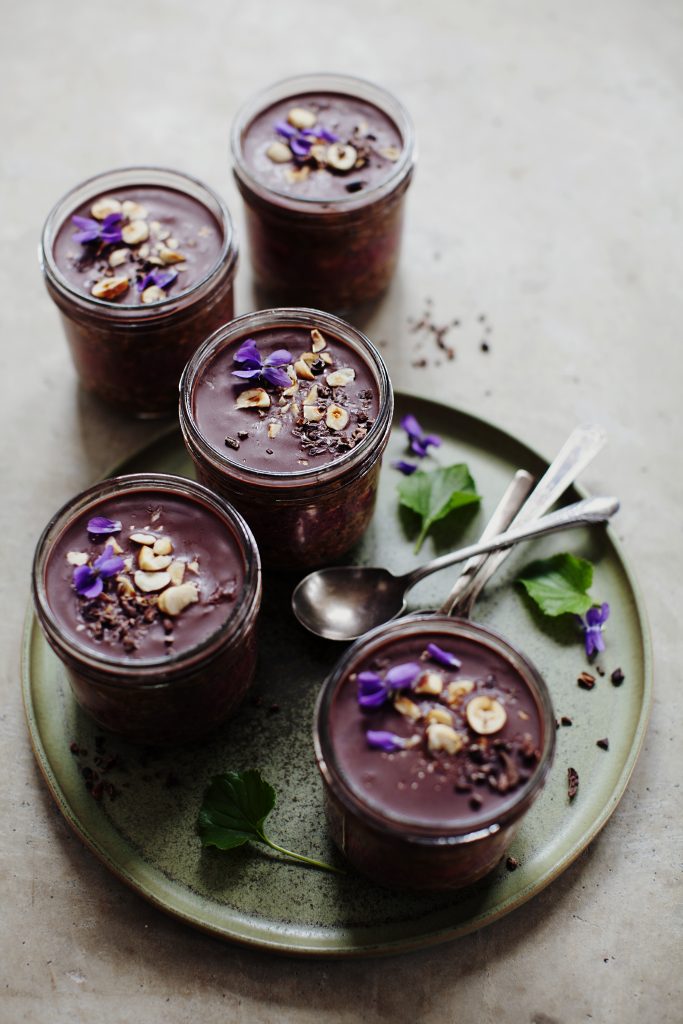
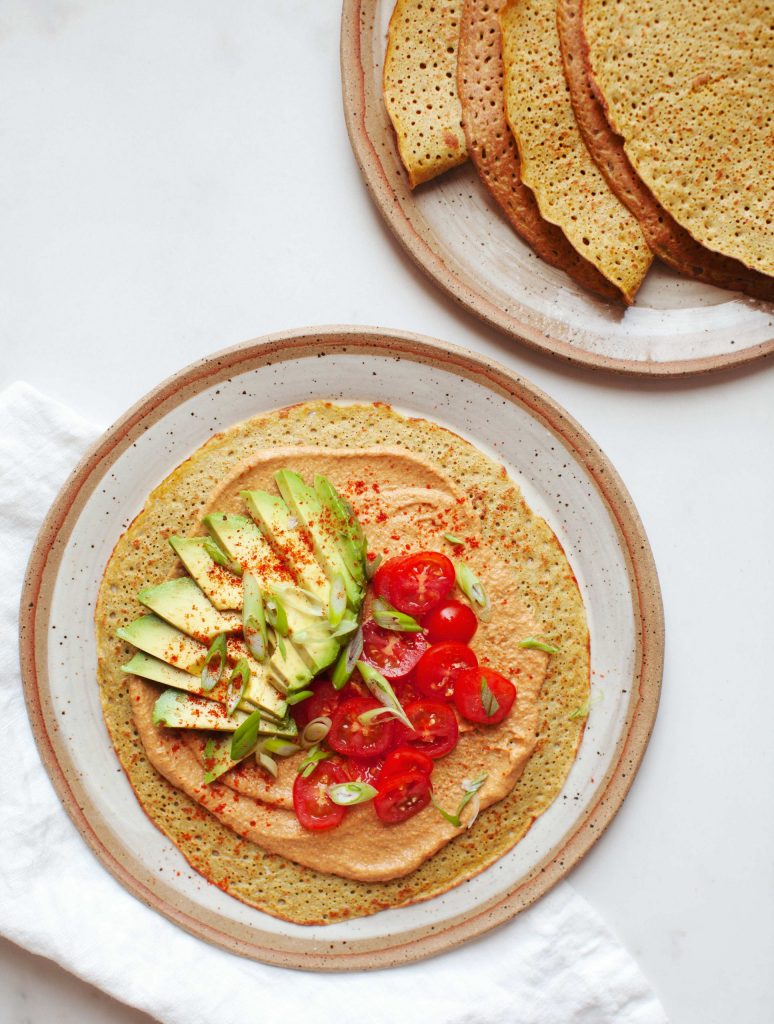
Alternative Scrambled Eggs
Double Chocolate-Hazelnut Overnight Oats
Savoury Revolutionary Pancakes
The Life Changing Loaf of Bread
Lunch / Dinner
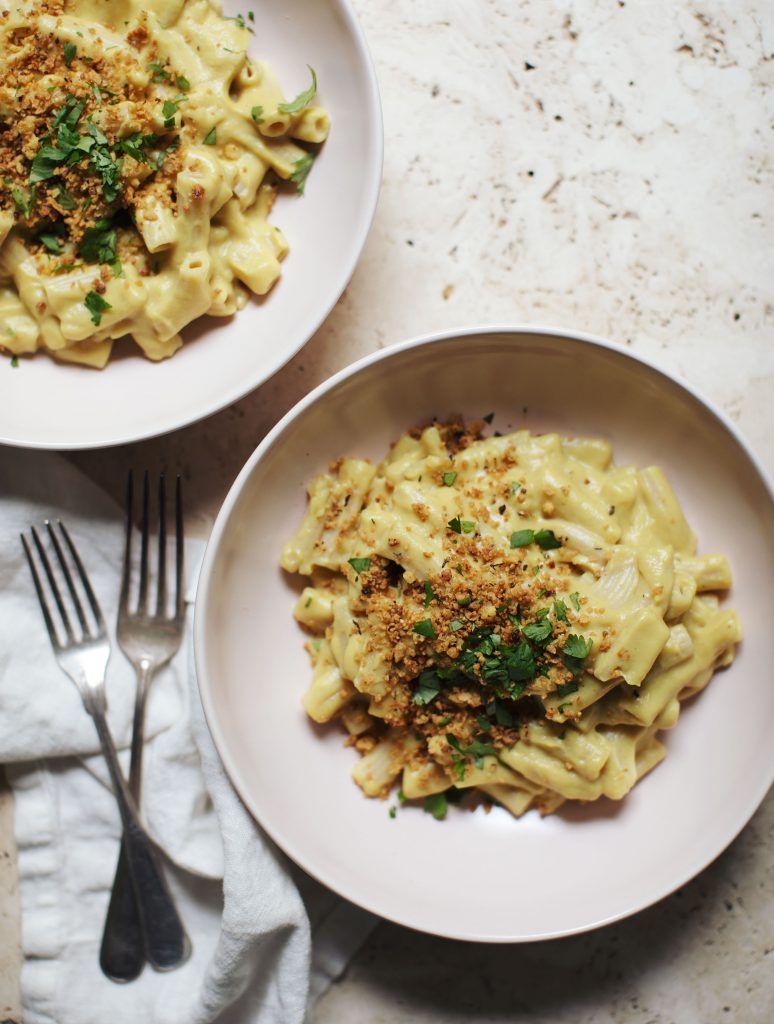
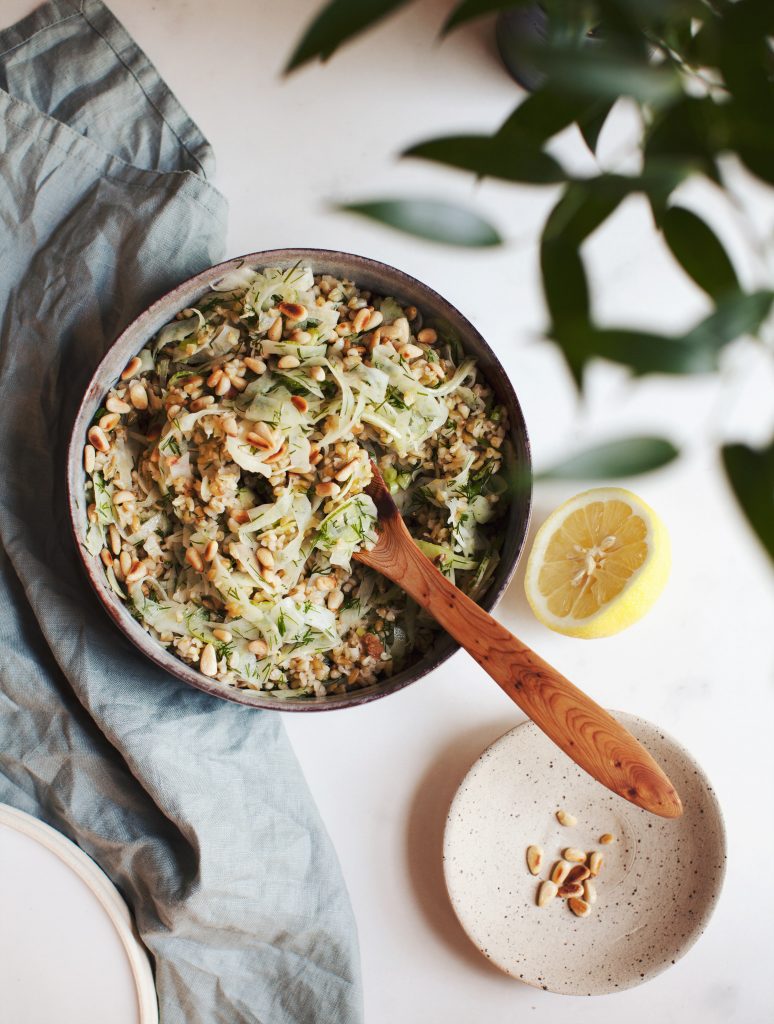

Susan Janes Cauli Mac – Use aged cheese / GF pasta
Simple Sesame Wraps
Chicken Bone Broth
How to Roast a Chicken
Mashed Potatoes with Sauerkraut
Spicy Cream of Greens Soup
Season Straddler Salad
Creamy Broccoli Soup
Kale Slaw with Seed Sprinkle
Sprout Slaw with Ginger Turmeric Dressing
Sunflower Seed Risotto
Quinoa
Abundance Bowl – Use carrots for starchy veg or omit
Freekeh and Fennel Salad – Replace with GF grain
Early Summer Miso Soup – Replace with GF grain
Lemony Artichoke Angel Hair – Replace with GF pasta
Cucumber Nori Rolls – Sub beet for non-starchy veg
Pressed Winter Salad – Sub apple with berries
French Lentil Salad (save for later stages of Candida protocol)
Socca (save for later stages of Candida protocol)
Early Summer Socca (save for later stages of Candida protocol)
Good Green Lentils (save for later stages of Candida protocol)
Four Corners Lentil Soup (save for later stages of Candida protocol)
Spreads, Sauces & Toppings


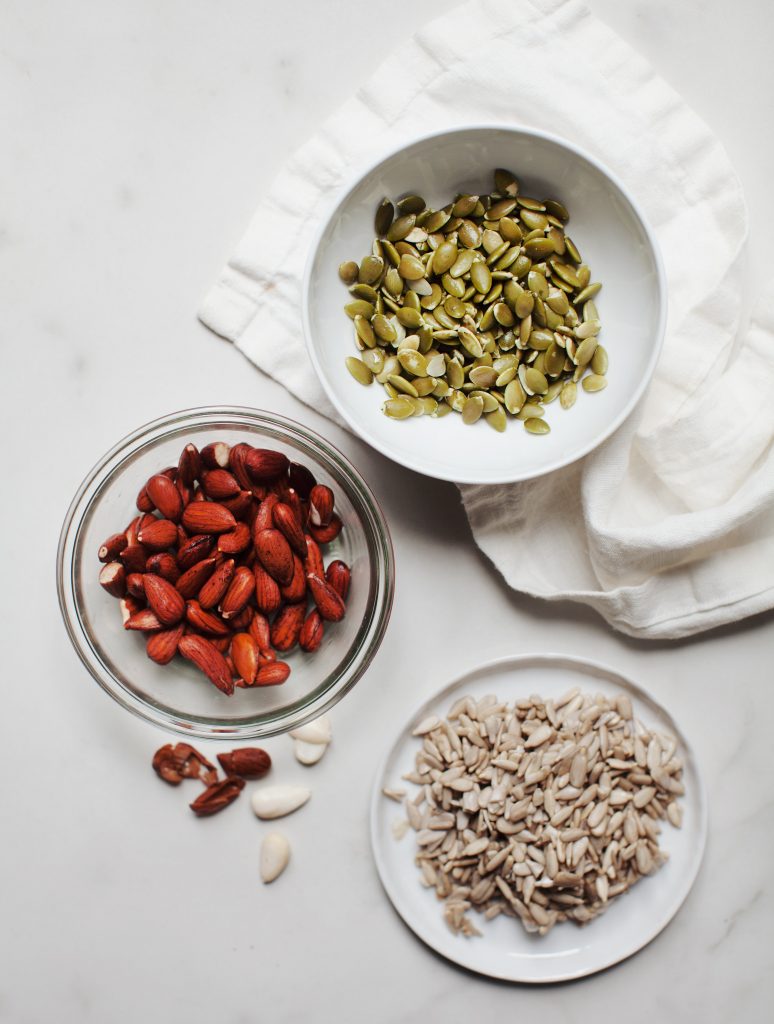
Curtido
Garlic Confit
Lemony Dill Dip
Activated Nuts & Seeds
Green Giant Sauce
Mole Crunch
Almond Butter
Pumpkin Seed Butter
Homemade Tahini
Greek Goddess Dressing
Parsley + Olive Tahini Dressing
Chili Oil Guacamole
Garlic Cloud Sauce
House Dressing
Sunflower Seed Butter
Hummus Without a Recipe (save for later stages of Candida Protocol)
Sesame Miso Ginger Sauce
Flavoured Ghee / How to Make Ghee
Zesty Fiesta Dip
Shiitake Miso Gravy
Snacks & Sides
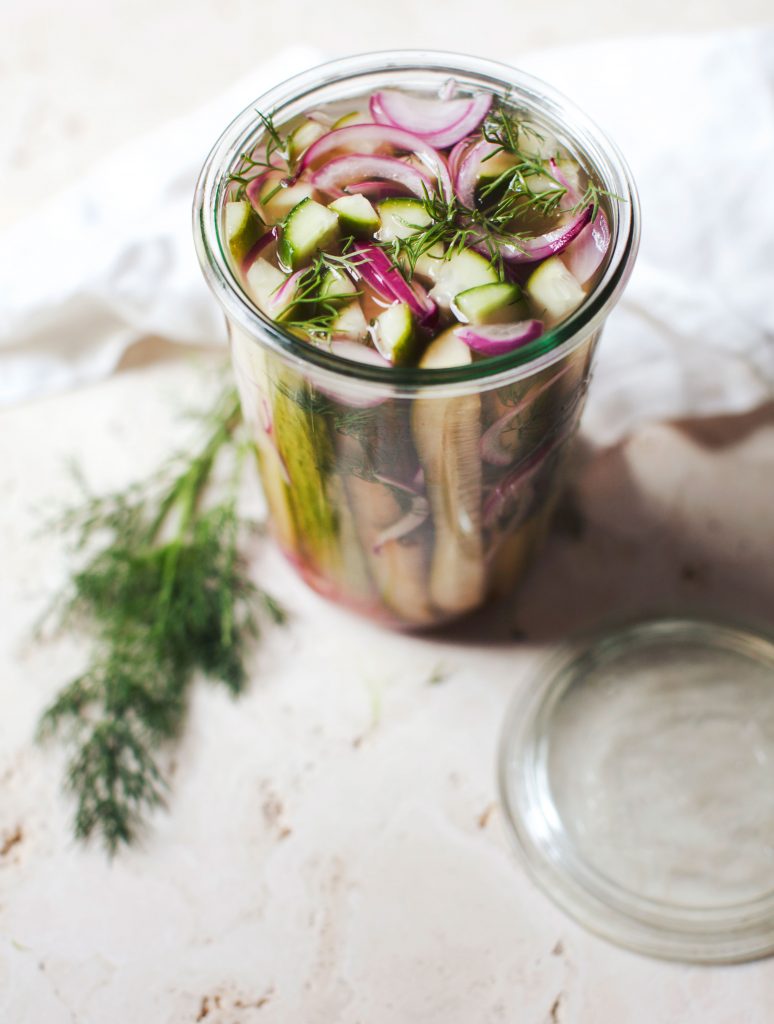


Dino Kale Crisps
Avocado Salsa Boat
Double – Double Asparagus
Life Changing Crackers
Dill Pickles
Pickled Swiss Chard Stems
Caramelized Onions and Swiss Chard
Simplest Roasted Asparagus
Simplest Roasted Radishes + Carrots
Garlicky Sauteed Kale with Chili
Broccoli, Mushroom, + Sesame Stir Fry
Caramelized Onions
Toasted Seeds
Massaged Kale
Massaged Cabbage
Desserts
Golden Milk Tahini Cookies
Everything Bagel Coconut Clusters
Mushroom Bonbons
Ecstatic Raw Chocolate

